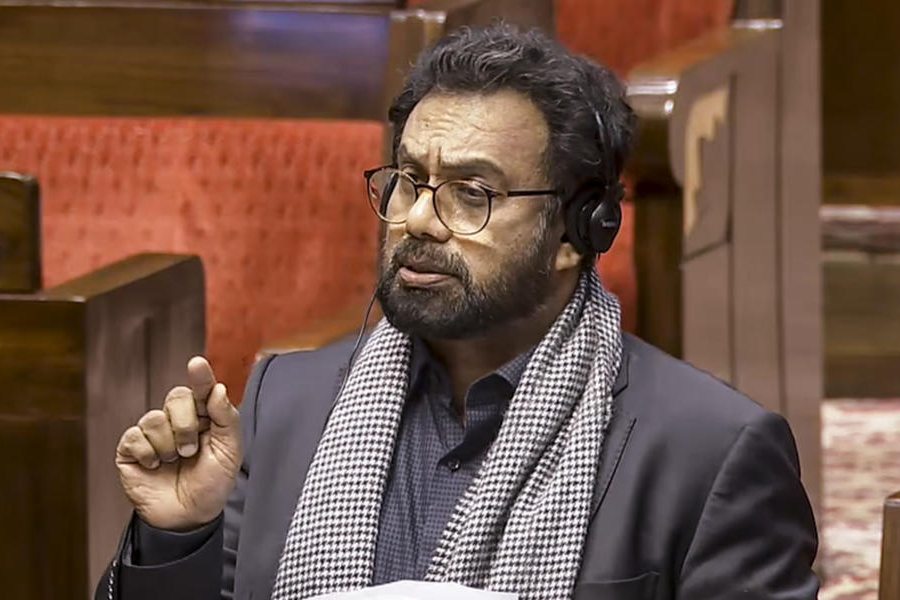By now, teachers across India are inured to online teaching. The abruptness of the move in March was a shock to the system and institutions took what they thought were emergency, one-time measures, only to realize that the online classroom will continue for now and, possibly, into the next semester as well.
A few months ago, we formed ‘Discussion Forum for Online Teaching’, a support group for college and university teachers in India, to facilitate conversations within the community about the problems related to online teaching. These conversations — they took place over email, via online articles, discussion groups and also through panel discussions — aimed at sharing experiences and facilitating learning from one another. We have also carried out an informal, nationwide survey with voluntary participation. Our respondents were primarily teaching at the tertiary level and, in some cases, at the secondary level. The sample size is small (about 800), but it appears to be representative of teachers working in Tier I and II cities.
Some of what one can learn from the responses could well have been anticipated. Many months of entirely online teaching has resulted in most of the respondents being comfortable with the new system. Many teachers were positive about the advantages of teaching online. However, since most students are at home, the digital divide plays out in every kind of institution since access is mediated by the location of their homes. An estimated 10-40 per cent of the students are unable to attend online classes regularly: only 4 out of 10 teachers said that their students had adequate bandwidth and power for the entire duration of classes. A good 10 per cent said that more than 40 per cent of the students were unable to attend the classes. Connectivity is a common problem: 40 per cent or more of the class ends up having intermittent access to the lecture.
Teachers have made exceptional efforts to get their instruction across to students. The stories they shared are inspiring — one extreme example being that of a teacher based in a village who has rented a room with internet connectivity in a different town in order to conduct classes. However, there has been a serious lack of institutional support in providing hardware and adequate internet bandwidth to teachers. Some had been provided with computers before the lockdown, but without such facilities as webcam, graphing tablets and so on that improve the delivery of online classes. Teachers have, therefore, had to invest personal funds for hardware as well as for software. Our survey revealed that one in two teachers have spent about Rs 10,000 while one in ten has spent more than Rs 50,000 without subsidy or support from their institutions.
A majority of teachers — approximately 75 per cent in our survey — deliver classes from their homes using either a laptop or a desktop computer. While all students take classes from home, seven out of ten access online classes on their smartphones: the devices are often shared. Phone cameras are also kept switched off during the class, leading to a near absence of audio-visual feedback and a unidirectional flow of information from teacher to student. The instruction template is not only severely shrunk (making the writing difficult to read) but is also detrimental to concentration that is necessary for learning.
Since education is a concurrent subject, solving problems at the local level would not be enough and both state and Central policies need to be re-examined. In the short term, for instance, it is crucial that measures should be taken to mitigate the digital divide that exists among students, among teachers, and among various institutes. Online education is expensive for students; therefore subsidies are needed. Data must be made cheaper, connectivity needs to improve, and devices provided to those who cannot afford them. But beyond this, there is an urgent need to revisit education policies to recognize the changed reality. The effects of the Covid-19 pandemic will not pass quickly, and online instruction will persist for quite some time. Such a medium requires much more effort in terms of preparation and delivery, and this extra effort needs to be accounted for, including the associated fatigue. Greater pedagogic autonomy and flexibility are essential. Administrative decisions and intervention are urgently needed in the area of examination and evaluations. Having an inadequate and flawed process at such a time can lead to a devaluation of the degrees at a later time. We need to act, and quickly.










